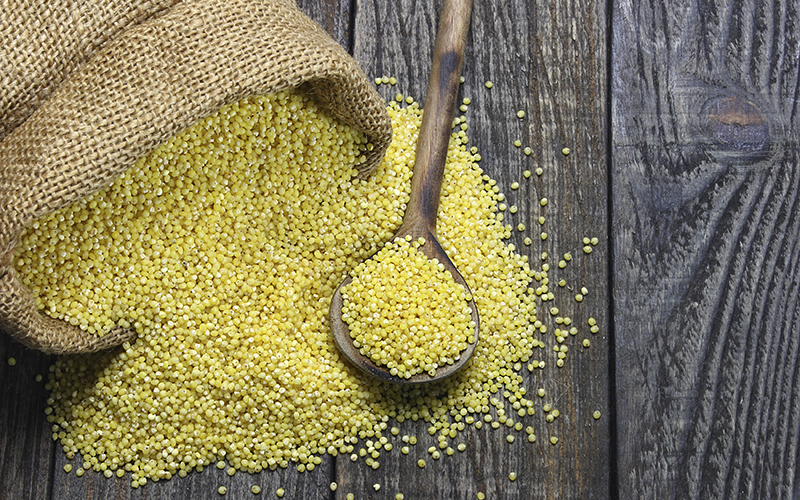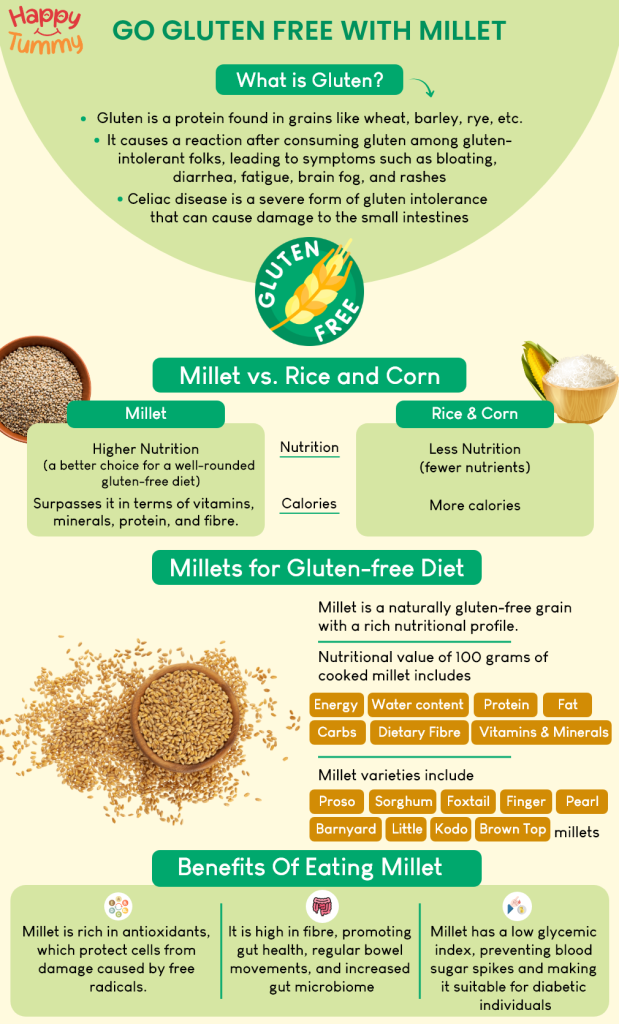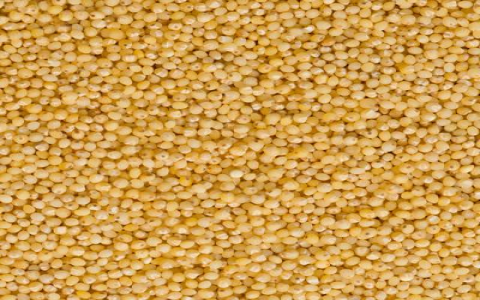My Millet Gluten Mess-Up (And What I Learned)
Okay, this whole millet thing started because I needed dinner in a hurry last Tuesday. Grabbed what I thought was my trusty rice pouch, dumped it in the cooker with water, pressed start. Easy peasy. Only… something smelled weird halfway through. Wait a minute. That wasn’t rice. That was the bag of millet I bought ages ago because everyone raved about how “healthy” it is. My bad, major mix-up.

Since it was already cooking, I figured, whatever, let’s try it. Boiled it up plain. Tasted okay, kinda nutty? Anyway, later that night my cousin calls. She has celiac – no gluten, ever. Totally serious. She mentioned trying to find new safe grains and asked about millet. My brain froze. I just ate millet. Is it safe for her? I honestly had zero clue. I told her “Hang on, don’t buy any, let me check this out first.” Felt responsible, you know?
Digging Through the Grain Bin
So, mission started. I went full detective mode on my kitchen shelf. Found that bag of millet, dusty as heck. Scanned the label like my life depended on it. First surprise: Nowhere on the whole bag did it say “Gluten-Free”. No little symbol, no nothing. Just listed ingredients: “Whole Grain Millet”. Okay… suspicious.
My next step? Trusty laptop. Typed in “is millet gluten-free?” Simple. Thing number one I learned super quick: Every website, farmer’s blog, even some science-y pages screamed YES, millet itself is naturally gluten-free. Like, the actual seed. Good news! Relief washed over me for a second. Phew, cousin can probably eat it.
But hold up. My eyes caught something else scrolling down. Lots of warnings popped up. This is Thing number two, the real kicker: Just because millet is naturally GF doesn’t mean the bag you buy is safe. Turns out, grains like millet get grown right next to wheat or barley fields all the time. Like, right beside them. Wind blows, shared tractors, same silos… gluten bits fly everywhere, mixing in. Total contamination risk.
Suddenly my dusty bag looked way less innocent. No GF label meant no guarantee it didn’t pick up some gluten hitchhikers during harvest or packing. Big yikes. My cousin could get seriously sick from that.

The Certified Stamp Hunt
Alright, panic mode activated. Needed to find real safe millet for her. Jumped in the car, drove to Whole Foods. Wandered the grains aisle like a lost soul. Scanned every single millet bag. Picked them up, squinted at the labels. Finally hit Thing number three: Some bags actually HAD it! A little certified gluten-free symbol right there on the package.
Hallelujah! Those bags? Different story. They were packed by companies who actually bother to test their millet stuff at various points. From the field to the factory, they check and clean to make sure gluten levels are crazy low, safe enough even for celiacs. This is what my cousin absolutely needs. That certified stamp isn’t just decoration; it’s the only real safety net.
My Big Takeaways From This Kitchen Chaos
So yeah, learned my lessons the hard way, like usual:
- Millet itself? Naturally GF. Good grain, no nasty gluten protein.
- But most bags? Gluten minefield. Shared farms and gear mean contamination is super common. Without precautions, it’s risky.
- The ONLY way to be safe is finding that certified gluten-free label. No label? Don’t gamble, especially if health is on the line.
My cousin got the heads-up, bought certified stuff, and apparently made some millet porridge she loved. Crisis averted. Me? I double-check my grains before dumping them now. And definitely look for that little GF stamp. Way more important than I ever realized!
